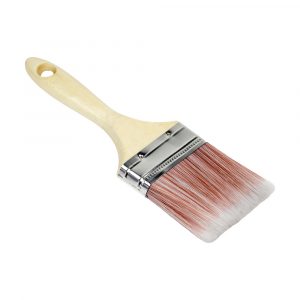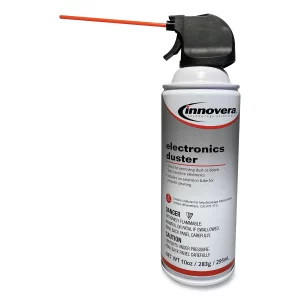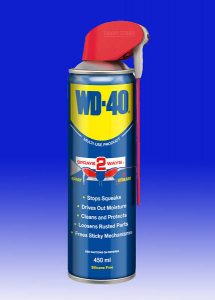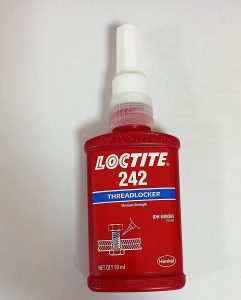Using your RC car on sand can be great fun and in fact, we would recommend doing it, providing you have the right car. But, driving your car in the sand depends on a couple of factors, the type of car and the type of sand you plan on driving your RC car on.
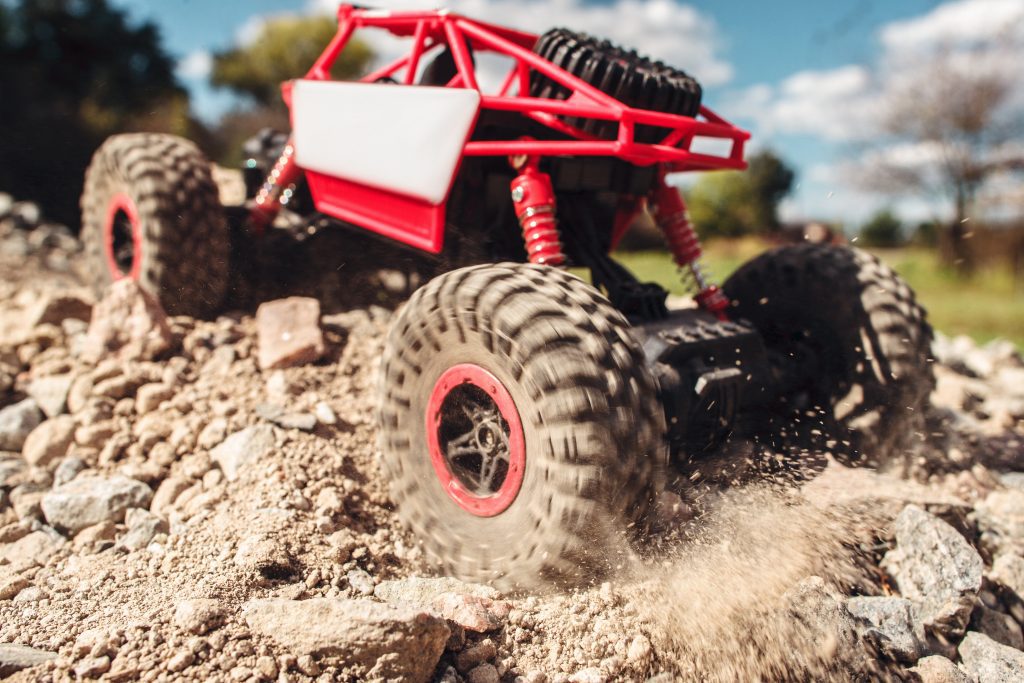
What type of RC car can go on sand?
If you have an all-terrain type RC car or truck then you should be ok driving on the sand, the ground clearance should be adequate enough to make sure that you don’t hit any sand bumps, rocks, stones or anything else lying around on the beach.
These types of RC cars also have well-built shocks and a chassis that’s able to drive on uneven terrain with ease. These RC cars are built to sustain high-speed rolls and high-impact crashes and they have tires that can deal with the uneven surface of the sand.
The more racing type RC cars are less likely to be able to drive on the sand as they are made more for going on very smooth flat terrain like asphalt. These cars are very lower to the ground to enable them to manoeuvre a lot better at high speed and have a lower centre of gravity for optimal cornering speed.
What type of sand should I take my RC car on?
The ideal sand you should take your RC car on is flat well compacted sand, the type you typically find closer to the sea line. This type of sand is more set and offers a more even surface for you to enjoy racing your RC car on.
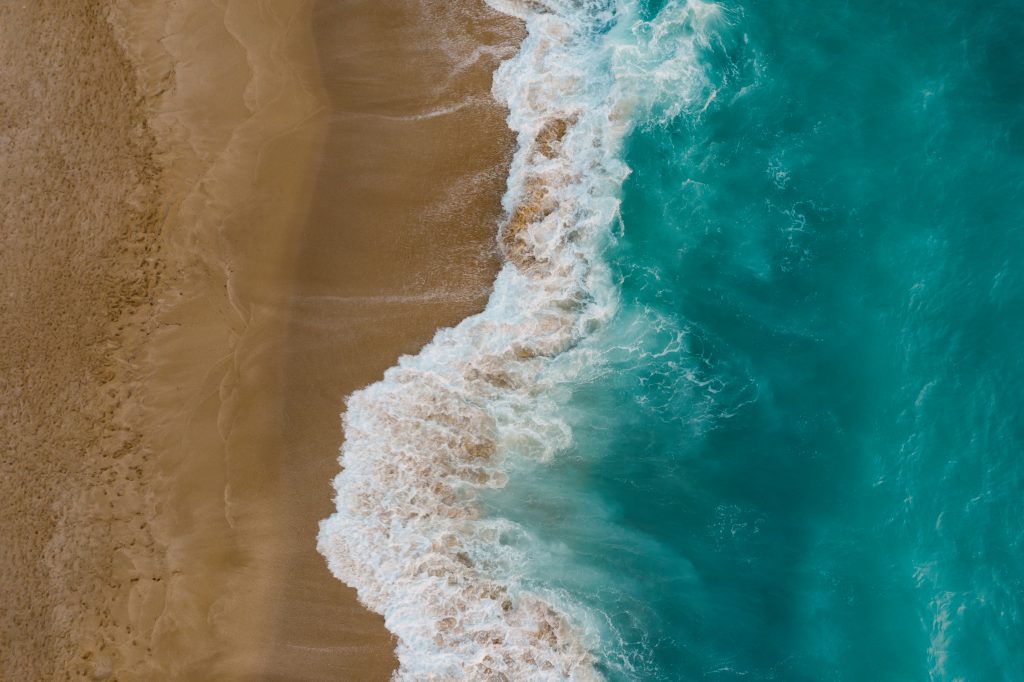
Because the sand is more compact you have less chance of getting sand within your RC car, cutting down cleaning and maintenance time.
That being said it can be great fun, if you have a suitable RC car, to drive it on the peaks and valleys of the softer sand and dunes.
Just bear in mind that you will have to clean all the sand out of the internal parts after use if you want to keep using your RC car many more times in the future.
How do you clean an RC car after driving on sand?
To clean your RC car after you have used it on the sand you will need a few different pieces of equipment, these are:
Clean, unused paintbrush
Can of compressed air
WD40 lubricant
Loctite super glue or thread lock
Vacuum cleaner
- You should start by taking off the bodyshell so you can get access to inside the RC car, this should be fairly easy to remove and usually involves removing 4 split pins that are holding it down.
- With the shell set off to one side start using your new, clean paintbrush and brushing as much of the excessive sand out of the internals, making sure not to damage any parts. Use this time to access the car for any breakages, loose fittings or bent parts.
- After you have finished brushing out as much sand as you can get a can of compressed air and in an open area, preferably outside, spray in the areas that are hard to reach to release any lodged sand that you may have missed with the paintbrush.
- Use the paintbrush again after doing this as some of the sand may have found it back onto some of the areas you previously swept.
- Have a look in and around the moving parts, especially the main crankshaft and gear cogs to see if there is sand on them. If there is, carefully remove these for cleaning and greasing.
- Using a sink and some freshwater clean the cogs and other parts so that they are free of any sand, then use some lubricant like WD40 to spray the moving parts. This helps with friction and can also get rid of unseen particles.
- If you have any loose bolts or screws re-apply the appropriate Loctite thread locker to them before screwing them back down into place.
- Finally use a vacuum cleaner to get rid of any loose sand in the work area.
Does driving on sand damage your RC car?
It is not recommended to drive your RC car on the sand, as doing so can damage the car. The sand can cause wear and tear on the moving parts of the car, as well as potentially clogging up the Works Connection Air Filter. It is best to avoid driving on sand if possible.
But if you do intend on doing so, following the previous steps written should help prevent a lot of the damage caused by the sand.
Can an RC car drive on water?
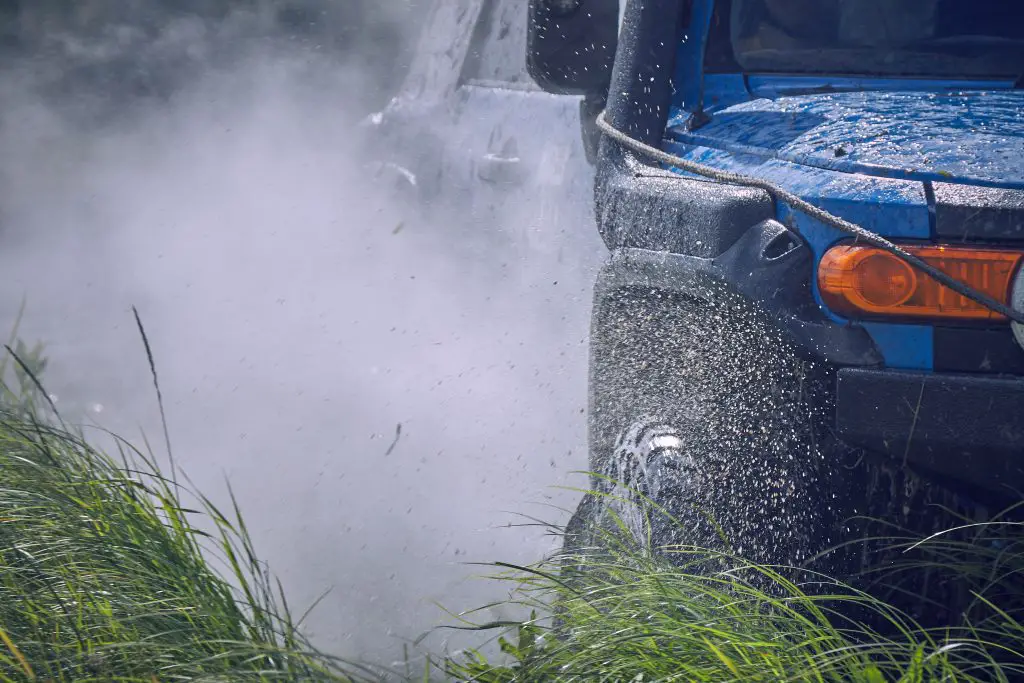
Theoretically, yes an RC car can drive on water. However, it is not recommended as it can damage the car. The water can cause rusting on the metal parts of the car and can also short circuit the electrical components. It is best to avoid driving on water if possible.
If you drive on the water make sure to clean and dry your RC car as soon as you can, paying particular attention to the electrical circuitry and servos.
Can you hose down an RC car?
Yes, you can hose down an RC car. However, there are some precautions that should be taken in order to avoid damaging the car. First, make sure that all of the electrical components are covered and protected from the water. Second, avoid using high-pressure water as it can damage the paint and body of the car. Finally, make sure to clean and dry the car as soon as possible after hosing it down, and make sure to reapply lubricant and grease to the cogs and moving parts.
How do you lubricate an RC car?
It is important to keep your RC car well-lubricated in order to avoid premature wear and tear on the cogs and moving parts. The best way to lubricate an RC car is to use a light oil or silicone-based spray. First, remove any dirt or debris from the surface of the car. Next, apply the lubricant to a clean cloth and wipe it over all of the moving parts, taking care to avoid getting any on the electronics. Finally, allow the car to dry completely before using it again.
Final thoughts
Using your RC car on the sand can be extremely good fun and a new way to test the limits of your driving skill, but remember to keep your RC car clean and maintained as sand can be really corrosive to metal and moving parts.
If you stick to the guidelines outlined in this article you should be able to go bashing with your RC car on the sand for many years to come.
I am a massive fan of anything that is remote controlled. This stems from my childhood when my Grandfather would take me to a local RC flying club and I would dream about having my own RC models someday.

